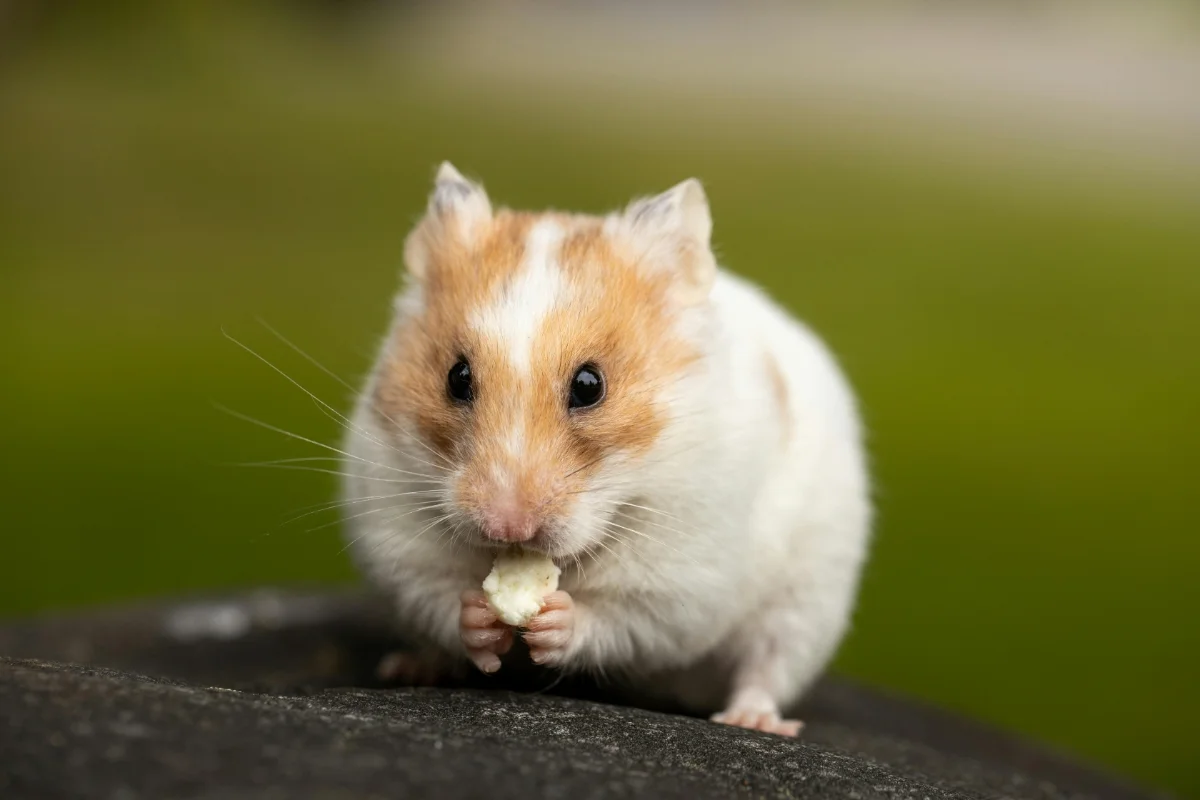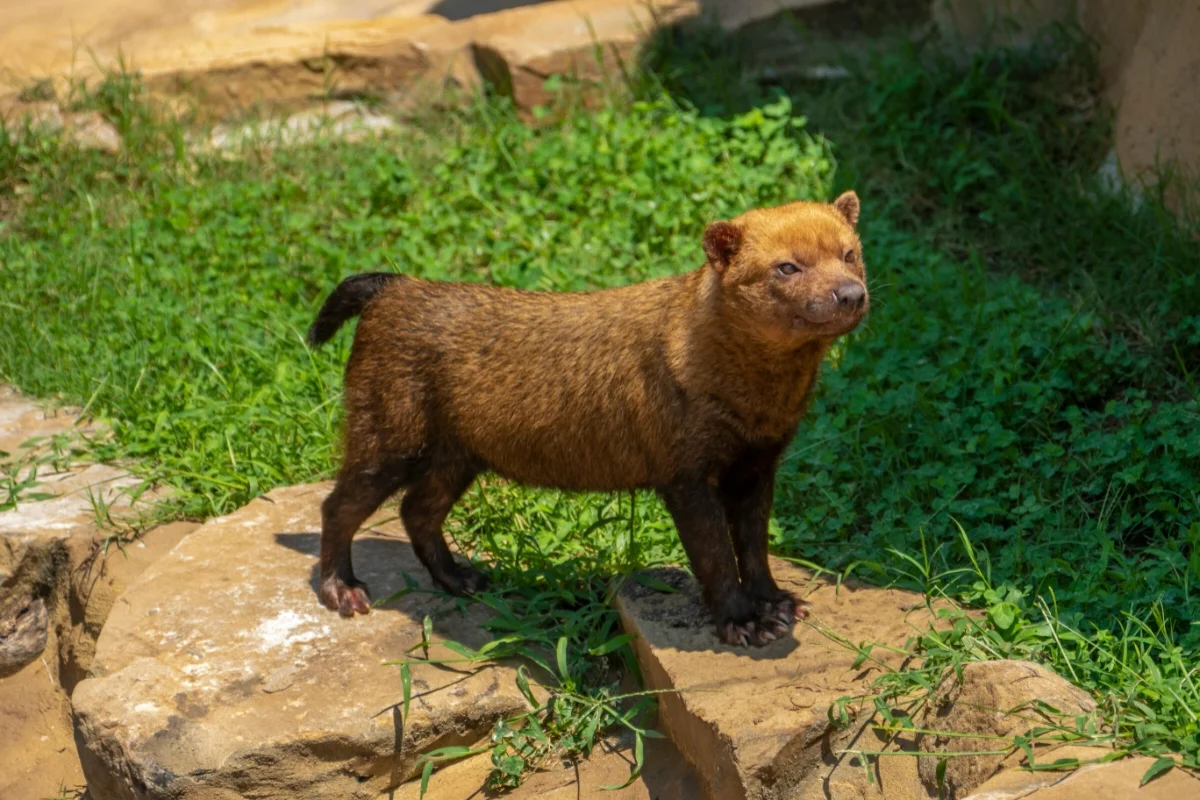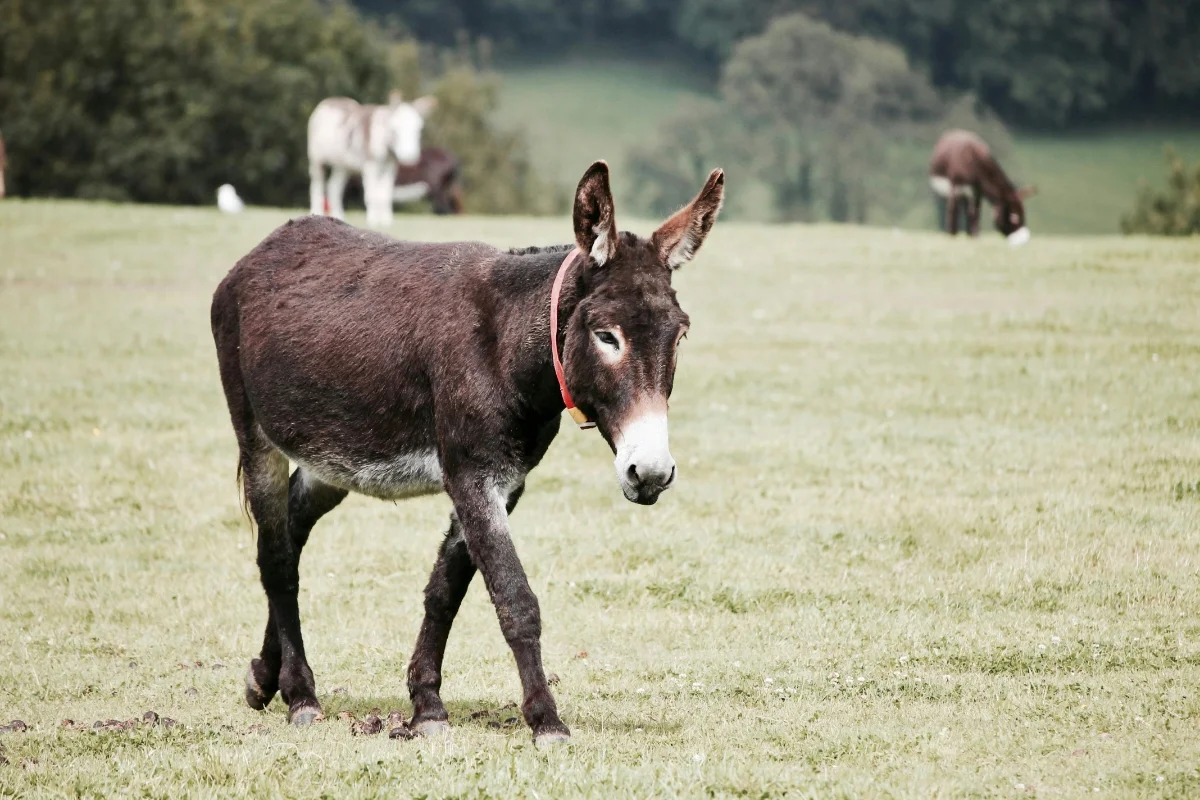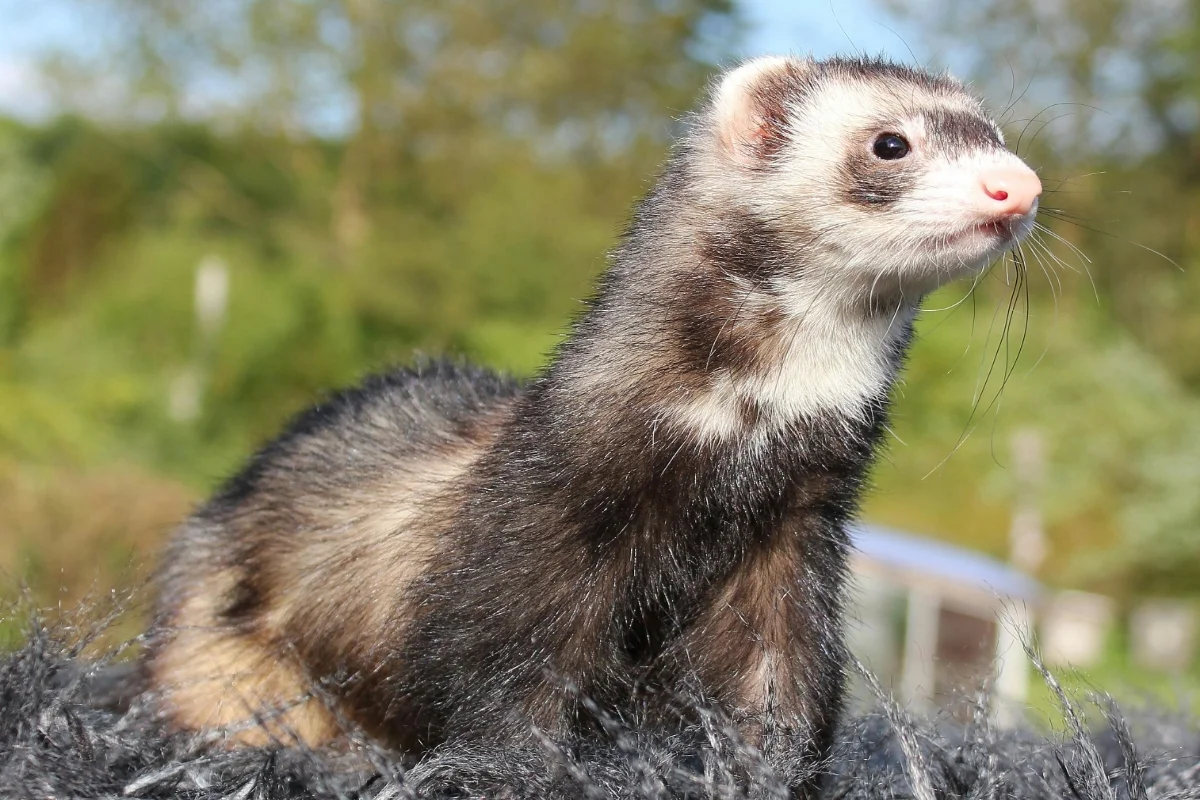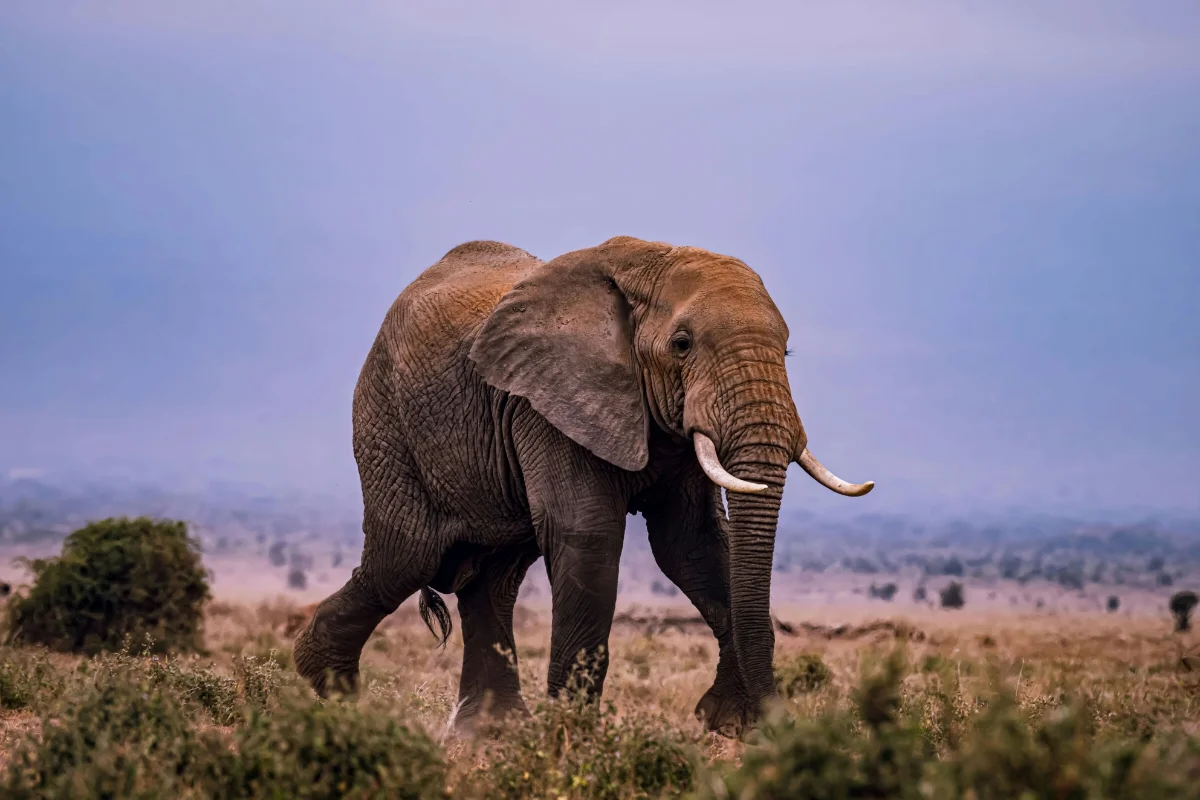Tiger
The tiger is the largest member of the cat family and one of the most iconic species in the animal kingdom. Known…
Life Span
10–15 years
Top speed
40 mph
Size
8–12.8 ft
Weight
90 to 300 kg
The tiger is the largest member of the cat family and one of the most iconic species in the animal kingdom. Known for its power, beauty, and agility, the tiger is an apex predator that plays a vital role in maintaining the balance of its ecosystem.
Tiger Facts Overview
| Size: | 8–12.8 ft |
| Weight: | 90 to 300 kg |
| Top Speed: | 40 mph |
| Food: | Meat (deer, boar, buffalo) |
| Color: | Orange with black stripes |
| Location: | Asia (India, Russia, China, SE Asia) |
| Predators: | Cubs leopards, wild dogs |
| Lifespan: | 10–15 years |
| Habitat: | Forests, grasslands, swamps |
| Gestation: | 3.5 months |
Tiger Interesting Facts
Tigers are the largest wild cats in the world, with adult males weighing up to 300 kg (660 lbs). No two tigers have the same stripe pattern, making each one unique—like human fingerprints. Tigers are strong swimmers and often cool off in rivers or lakes.
Tiger Description
Tigers have muscular bodies, round heads, and long tails. Their coats are typically orange with black stripes, but white tigers exist. They range in size from 8 to 12 feet long and can weigh up to 660 pounds, depending on the subspecies.
Tiger Characteristics
Tigers are solitary, territorial, and nocturnal hunters. They rely on stealth and power to catch prey. Known for their strong muscles and sharp claws, they can take down prey much larger than themselves. Tigers have very good night vision, which is six times better than that of humans.
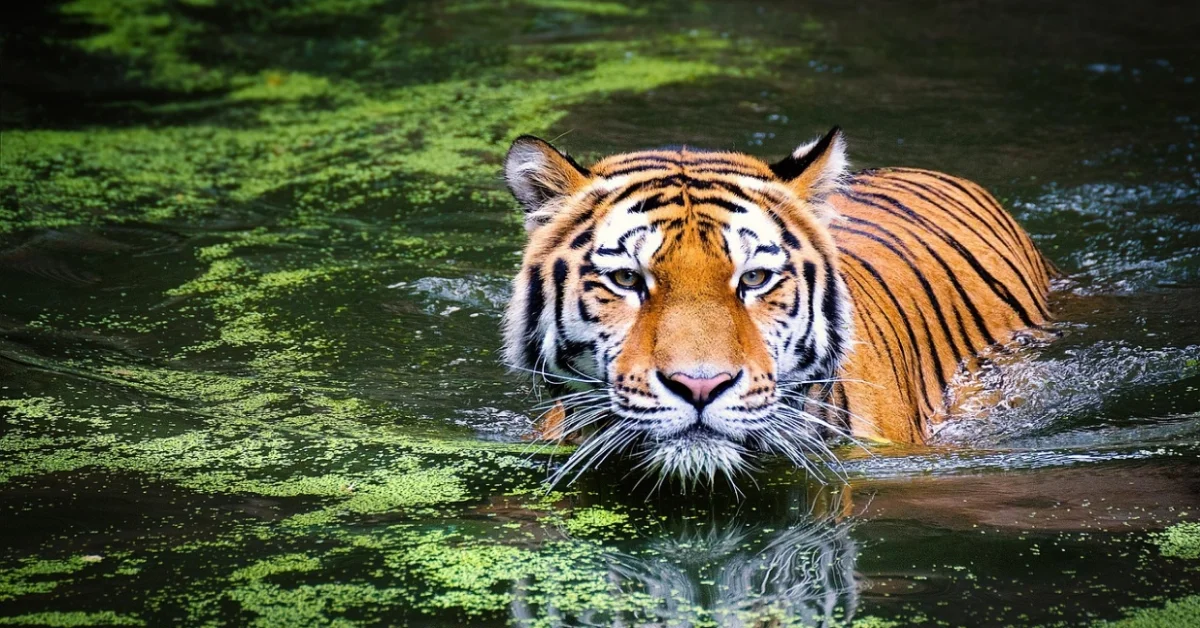
Tiger Care
In captivity, tigers require large enclosures, natural vegetation, and enrichment for mental stimulation. Proper nutrition includes meat-rich diets. Veterinary care is crucial to monitor health. Conservation centers focus on breeding programs, education, and habitat restoration to protect wild populations.
Tiger Lifespan
Wild tigers live 10 to 15 years, while captive tigers can reach 20 years with proper care. Life expectancy depends on food availability, territory, and threats. Cubs face higher mortality rates due to predators and competition, but adults have fewer risks.
Tiger Predators
Adult tigers have no natural predators. Cubs, however, are vulnerable to leopards, dholes (wild dogs), and large snakes. Humans pose the greatest threat, primarily through habitat destruction, poaching for body parts, and conflicts with local communities.
Tiger Habitat
Tigers thrive in diverse habitats dense forests, tropical rainforests, grasslands, and mangroves. They need access to water and ample prey. The Sundarbans in India and Bangladesh are the only mangrove habitats for tigers, while Siberian tigers live in snowy regions.
Tiger Distribution
Historically widespread, tigers now inhabit fragmented areas in Asia, including India, Russia, China, and Southeast Asia. More than 70% of the world’s tiger population resides in India. Their range has significantly decreased due to deforestation and human encroachment.
Tiger Diet
Tigers are carnivores, primarily hunting large animals like deer, wild boar, and buffalo. A tiger can eat up to 40 kg (88 lbs) of meat in a single meal. They are opportunistic hunters, adapting to prey availability in different habitats.
Tiger Behavior
Tigers are territorial and mark their range with scent and scratches on trees. They are mostly nocturnal hunters, using stealth and strength to catch prey. Tigers swim well and enjoy water, often cooling off in rivers or lakes during the day.
Tiger Reproduction
Tigers breed year-round. After a gestation of 93–112 days, females give birth to 2–4 cubs. Cubs stay with their mothers for up to two years, learning to hunt and survive. Only half of the cubs reach adulthood due to predation and competition.
Tiger Scientific Classification
| Kingdom: | Animalia |
| Phylum: | Chordata |
| Class: | Mammalia |
| Order: | Carnivora |
| Family: | Felidae |
| Genus: | Panthera |
| Scientific Name: | Panthera tigris |
Animals for You
References
1. Tiger Wikipedia Article – https://en.wikipedia.org/wiki/Tiger


